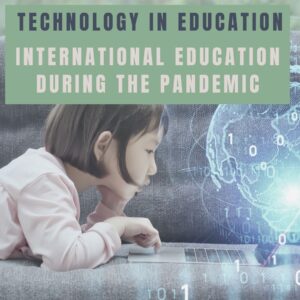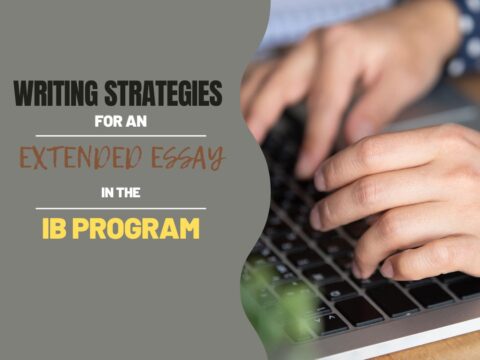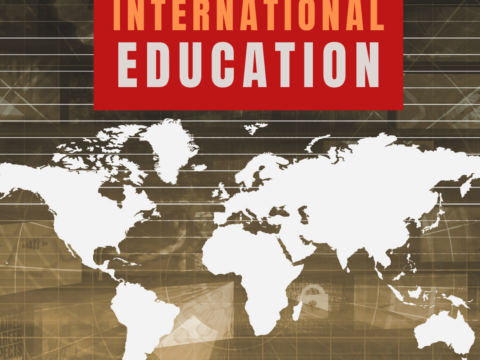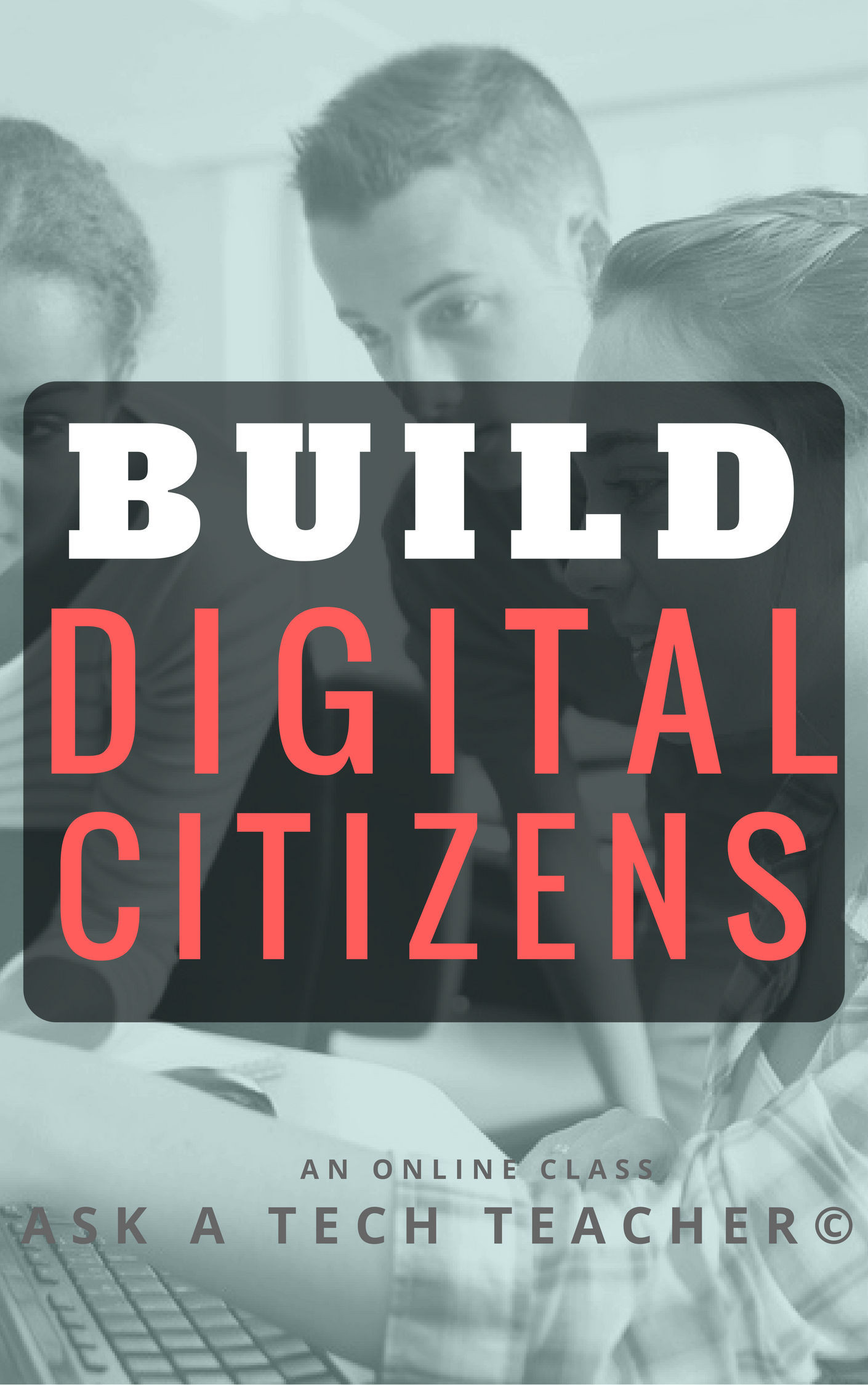Ask a Tech Teacher contributor, Christian Miraglia, a passionate educational consultant for T4Edtech, traveled to Italy and surrounding areas and has some interesting insights into their education efforts during the pandemic:
From An Italian Train: Education during the Pandemic
 I recently returned from a long-awaited trip to Italy in which I spent a considerable amount of time traveling throughout the Tuscany, Umbria, and Lazio provinces. During the first week of travels, I spoke with an educator from Argentina traveling through Europe. The topic of teaching and technology during the pandemic arose. We discussed how the pandemic affected students, parents, and teachers alike in the United States and Argentina. As an educator, he worked in the Office of Education Ministry and thus had a broad view of the pandemic’s impact on Argentina. As we shared our experiences from the past year, two common themes arose.
I recently returned from a long-awaited trip to Italy in which I spent a considerable amount of time traveling throughout the Tuscany, Umbria, and Lazio provinces. During the first week of travels, I spoke with an educator from Argentina traveling through Europe. The topic of teaching and technology during the pandemic arose. We discussed how the pandemic affected students, parents, and teachers alike in the United States and Argentina. As an educator, he worked in the Office of Education Ministry and thus had a broad view of the pandemic’s impact on Argentina. As we shared our experiences from the past year, two common themes arose.
First, students of low socio-economic status bore the brunt of the pandemic. There was a significant problem in Argentina with access to instruction because of connectivity, which was also endemic to the community I served here in the states. Reliable access was such a problem in Argentina that students did not even bother to attend classes. The issue was so severe that institutions could not track the number of students disconnected from the daily educational process. One can only predict the long-term impact of student absenteeism in the foreseeable future. Continuing my travels in Italy, I wondered how the pandemic affected the Italian nation’s educational systems?
As it was, Italy also had similar issues with distance learning. In a comprehensive article written for BMC Public Health Distance learning in Italian primary and middle school children during the COVID-19 pandemic: a national survey, the study revealed gaps in access. Even though over 80% of students had access to some device, connectivity problems still impacted underserved communities. Additionally, many of the affected students were from immigrant families where language barriers were already problematic. Italy’s problems mirrored those of the United States and Argentina in that the communities most affected by the pandemic were the most vulnerable. Although efforts to address the access issue took place, Italy faces the everyday struggle of allocating sufficient funds to upgrade the infrastructure to guarantee access for all students.
The second theme was the need for the educational system to catch up to the 21st Century. The Argentine educator pointed out the prevalence of archaic teaching styles utilized in his country. Teachers’ use of technology, especially during the pandemic, was ineffective as most teachers had little knowledge of online platforms or apps that would be the most effective for instructional delivery. Over the past year, many American teachers have been in similar situations. Teachers lacking knowledge of general educational technology faced significant challenges in instructional delivery while utilizing online platforms. The lack of quality professional development became glowingly apparent along with a pedagogical approach to the use of technology.
The situation in Italy was similar to other nations regarding teacher technology use. Since there is a lack of data from studies on pandemic instructional practices, most of what can be gathered are based on studies before the closing of schools in 2020. Changes from conventional methods of instruction to online instruction posed significant challenges for Italian teachers. Pre-pandemic research revealed that less than fifty percent of Italian secondary teachers allowed students to utilize technology for assignments. However, the number of teachers who felt they could adequately provide instruction that incorporated technology rose to over eighty percent. One of the few studies conducted after the national lockdown in the nation shed light on teacher use of synchronous and asynchronous delivery models. Most of the teachers in this study opted to replicate instruction through lectures online instead of attempting more innovative approaches that involved student collaboration and socialization. As with American teachers, the amount of time producing lessons became an obstacle in exploring more unconventional types of instruction.
Without a doubt, the pandemic has transformed education in Argentina, Italy, and the United States. These nations have made some effort to address the inequities in the areas of access, but more needs to be done to provide adequate funding for infrastructure upgrades. Additionally, the pandemic has exposed the need for targeted professional development in the area of education technology and general teaching practices. The conversation with my fellow traveler revealed that many nations are grappling with the effects of COVID-19. As he pointed out, these systems were already operating on a model that did not address the needs of the 21st Century student. Students require instruction that provides problem-solving, collaboration, and the latest in educational technology. I can only hope the pandemic will open the door to systemic changes in education.
Sources
Benigno, Vincenza, et al. “Continuity in Education.” Continuity in Education, Ubiquity Press, 11 Dec. 2020, https://continuityineducation.org/articles/10.5334/cie.26/.
Giovannella, Carlo & Passarelli, Marcello & Persico, Donatella. (2020). The Effects of the Covid-19 Pandemic on Italian Learning Ecosystems: the School Teachers’ Perspective at the steady state. https://www.researchgate.net/publication/344521289_The_Effects_of_the_Covid-19_Pandemic_on_Italian_Learning_Ecosystems_the_School_Teachers’_Perspective_at_the_steady_state
Scarpellini, F., Segre, G., Cartabia, M. et al. Distance learning in Italian primary and middle school children during the COVID-19 pandemic: a national survey. BMC Public Health 21, 1035 (2021). https://doi.org/10.1186/s12889-021-11026-x
Bio
Christian Miraglia is a recently retired 36 year educator and now Educational Technology Consultant at t4edtech where he also blogs. He can be found on Twitter @T4edtech and on his YouTube Channel Transformative Edtech.
@T4Edtech #edtech
Jacqui Murray has been teaching K-18 technology for 30 years. She is the editor/author of over a hundred tech ed resources including a K-12 technology curriculum, K-8 keyboard curriculum, K-8 Digital Citizenship curriculum. She is an adjunct professor in tech ed, Master Teacher, webmaster for four blogs, an Amazon Vine Voice, freelance journalist on tech ed topics, contributor to NEA Today, and author of the tech thrillers, To Hunt a Sub and Twenty-four Days. You can find her resources at Structured Learning.




































